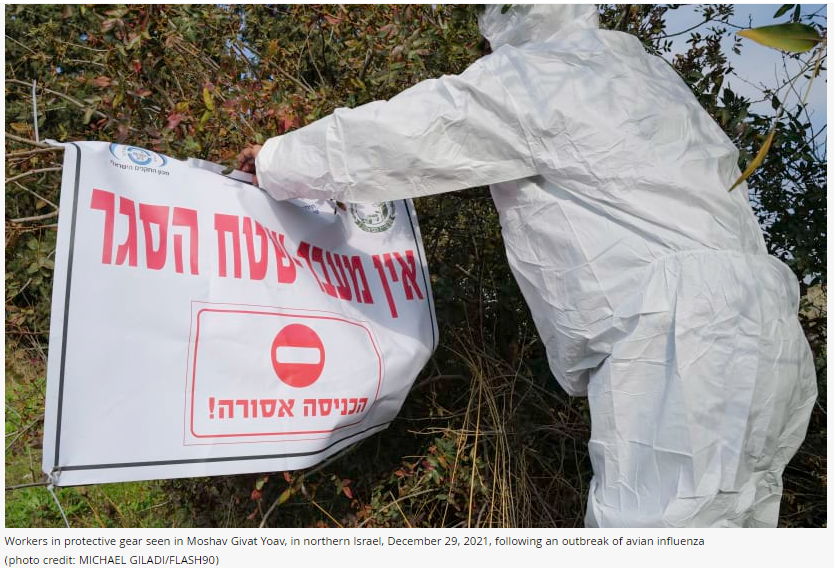Two gulls were found infected with the H5N1 subtype of Highly Pathogenic Avian Influenza (HPAI) near Binyamina-Givat Ada and Holon last week, the Agriculture Ministry said on Saturday.
In Cambodia, two cases of H5N1 bird flu have been reported in humans in the past month. The first case was reported in a three-year-old boy last week in the Prey Veng province of southeast Cambodia. On Sunday, a 69-year-old man in the Siem Reap province of northwestern Cambodia was found to be infected as well.
Bird flu an ‘existential threat to the world’s biodiversity’ – WCS
Dr. Chris Walzer, executive director of health at the Wildlife Conservation Society, called on governments internationally to “treat this growing crisis with the urgency it demands,” earlier this month.
“H5N1 now presents an existential threat to the world’s biodiversity,” warned Walzer. “It has infected over 150 wild and domestic avian species around the globe as well as dozens of mammalian species. The bird flu outbreak is the worst globally and also in US history, with hundreds of million birds dead since it first turned up in domestic waterfowl in China in 1996.”



